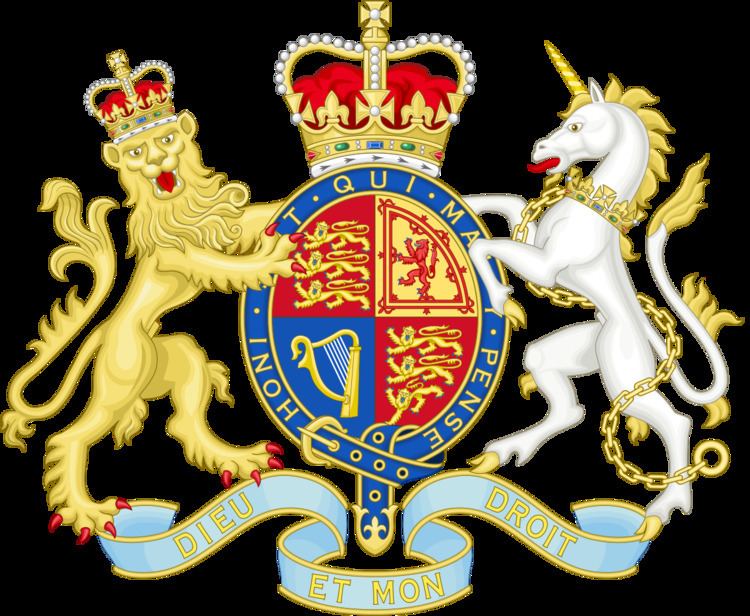 | ||
The Chancellor of the High Court is the head of the Chancery Division of the High Court of Justice of England and Wales. Before October 2005, when certain provisions of the Constitutional Reform Act 2005 took effect, the office was known as the Vice-Chancellor. He nominally acted as the Lord Chancellor's deputy in the English legal system; however, he was in effect the head of the Chancery Division. Despite the change of title, the duties of the office did not change.
Contents
- Ireland
- Vice Chancellors 18131875
- Vice Chancellors 19712005
- Chancellor of the High Court 2005present
- References
From 1813 to 1875, puisne judges of the Court of Chancery were also called Vice-Chancellors.
Ireland
A similar position existed in Ireland between 1867 and 1904 when the office was abolished; surprisingly throughout that period it was held by one man, Hedges Eyre Chatterton.
Vice-Chancellors, 1813–1875
Because of an increased in case load in the Court of Chancery for its two judges (the Lord Chancellor and the Master of the Rolls), an additional judicial office, called the Vice-Chancellor of England, was created by the Administration of Justice Act 1813 share the work. With the transfer of the equity jurisdiction to the Court of Chancery from the Court of Exchequer, two more such posts were added in 1841 by the Chancery Act 1841, with the caveat that no successor for the second of the two new judges (James Wigram) could be appointed. After Lancelot Shadwell (the Vice-Chancellor of England at the time the bill came into effect) left office, the three Vice-Chancellors were to be of equal status, with the "of England" dropped. In 1851, the law was changed so that a successor to Wigram could be named (George Turner), but again with the caveat that no future successor could be appointed. This restriction was lifted by section 52 of the Master in Chancery Abolition Act 1852.
After the Judicature Acts, which merged the Court of Chancery and various other courts into the new High Court of Justice, came into force, new Vice-Chancellors were not appointed, and new judges of the Chancery Division were styled "Mr. Justice ..." like other High Court judges (which style had previously been used for judges of the common law courts).
Vice-Chancellors, 1971–2005
A new office of Vice-Chancellor was created by section 5 of the Administration of Justice Act 1970, which came into effect on 1 October 1971. Under its provisions the Vice-Chancellor was appointed by the Lord Chancellor (who was president of the Chancery Division) and was responsible to the latter for administering the division. The Senior Courts Act 1981 made the position one appointed by the Queen (like the President of the Family Division) and made the Vice-Chancellor vice-president of the Chancery Division.
Chancellor of the High Court, 2005–present
The Constitutional Reform Act 2005 removed the Lord Chancellor's role as a judge. As one of the judicial roles of the office was president of the Chancery Division, the office of Vice-Chancellor was renamed Chancellor of the High Court and replaced the Lord Chancellor. The name change took effect on 1 October 2005, but some of the responsibilities (including the presidency of the division) did not transfer until 3 April 2006. The Constitutional Reform Act retained the position of Vice-Chancellor as vice-president of the Chancery Division, though it does not appear anyone has been appointed to the position or who would make or be eligible for such an appointment.
